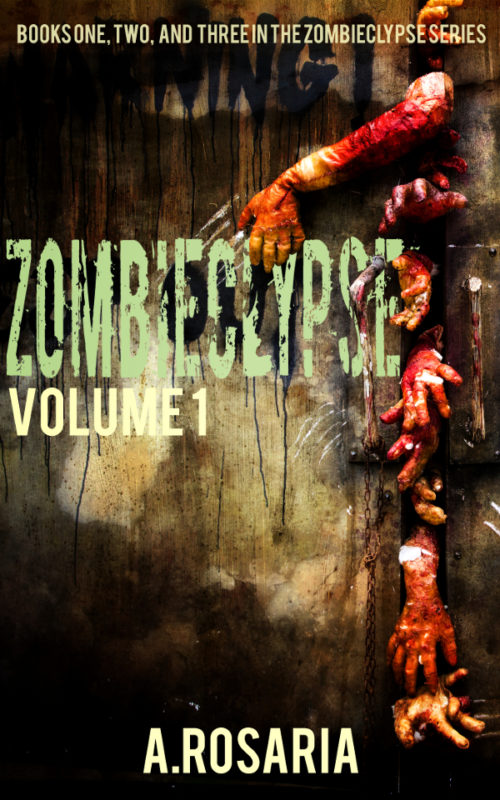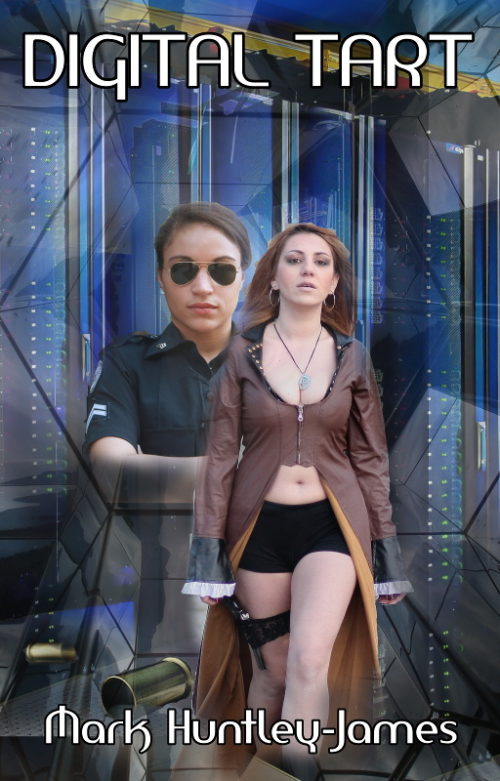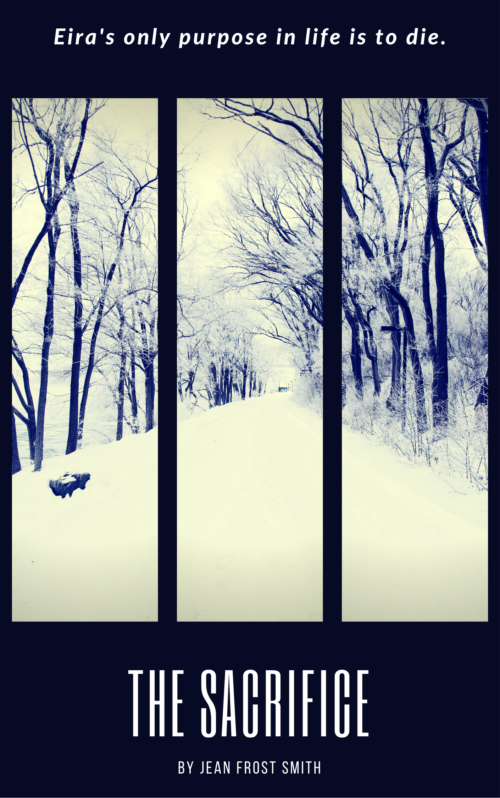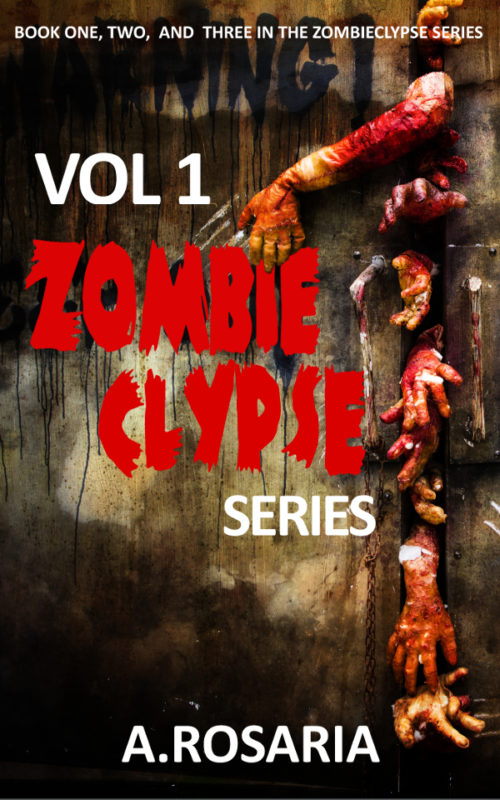The author says:
A naive young American named Paul Harkin would do just about anything to escape the tedium of his home town, Lafayette, Indiana — including signing up for a stint overseas in the United States Peace Corps. His assignment serves up more than he ever expected. South Korea in 1979 is a hotbed of political turmoil, with student protesters going head-to-head with government riot police. He tries to stay above the fray. But when he falls in love with Han Mi Jin, a troubled pro-democracy activist, all bets are off. He defies the Peace Corps, the US government, and the Korean martial law authorities to take up her cause. When they become embroiled in the bloody Kwangju Uprising of May, 1980, in which nearly 2,000 people were killed by government troops, they risk losing everything.
Nathan says:
I’m sure that this cover will seem fitting to anyone who has read the novel, but that’s attacking it from the wrong end. What can we put on this cover that will draw in the target reader? There’s plenty of drama and conflict in your description, so how can we indicate this on the cover? The silhouette of a couple embracing over a sea of upraised fists, maybe?
I’ll let other commenters do the heavy lifting of providing more suggestions.









